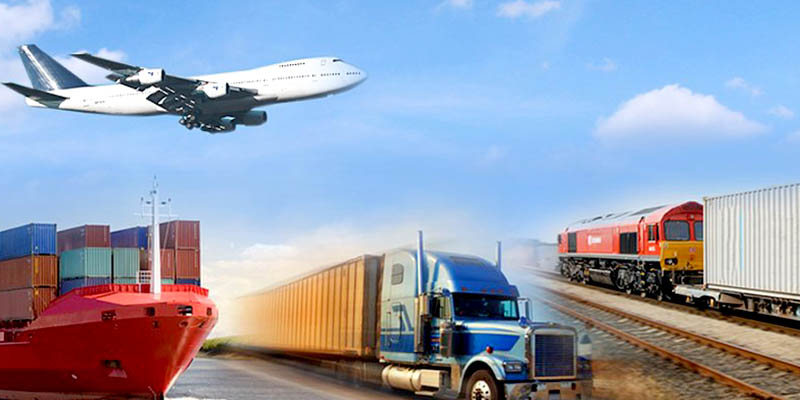How Multi-Modal Transport Is Shaping The Logistics Industry In India
With the changing landscape in the logistics industry, the one service that has acquired centre stage is multi-modal transport. Particularly in the post-Covid scenario, with the surge in the demand for last mile connectivity piggybacking on increased e-commerce supplies, the need to ensure that shipments reached the end consumer put a spoke in the wheel of multi-modal transport.
What is multi-modal transport?
Very simply, multi-modal transport refers to the combination of two or more modes of transport services for shipping of cargo. Road, rail, sea, and air are used in combination to ensure the fastest and most convenient delivery of cargo within and across borders.
Multi-modal transport in India
For the past several decades, multi-modal logistics has been slowly gaining traction. Since India’s topography is particularly diverse, connectivity to all regions is limited to specific modes. In such a case, for faster and more efficient transport, combining two or more different modes of transport for cargo shipment ensures end-to-end delivery with ease. The vast network of Indian railways and the expanding road network also fuel this segment of the logistics industry in India.
The way ahead
The Indian Government is facilitating multi-modal transport in the country with policy measures and infrastructure support. The plan to develop Multi Modal Logistics Parks in strategic locations across the country is a welcome move in this direction. Logistics companies themselves are using the opportunity put in their way to expand operations and their network.
With digitization of operations, multi-modal transport in India is also all set to be streamlined further. Real-time tracking and shipment visibility, along with the need to maintain lead times for the customer will push digitization to new levels, where it will pervade all aspects of the end to end logistics process.
The sustainable solution that multi-modal transport presents for the industry also makes it a viable mode in logistics for the future. Offsetting the carbon footprint by reducing the dependence on road transport, multi-modal transport becomes a much more desirable mode in a day and time when environment-friendly measures are acquiring importance.
Logistics companies in India need to rise to the occasion to step up multi modal transport services to stay relevant in the times ahead. With policy measures to support the cost-effectiveness of this medium and provide infrastructure support, multi-modal transport has the means to become the most efficient mode for individualized and bulk transport both in internal and international trade and commerce.



